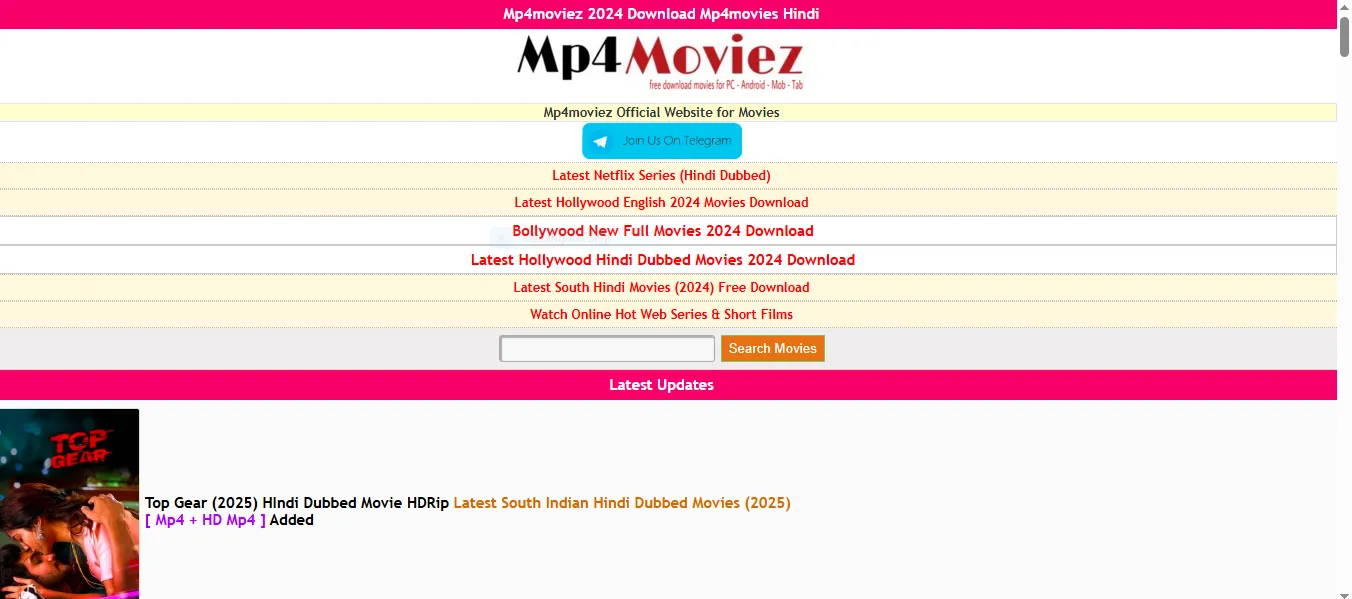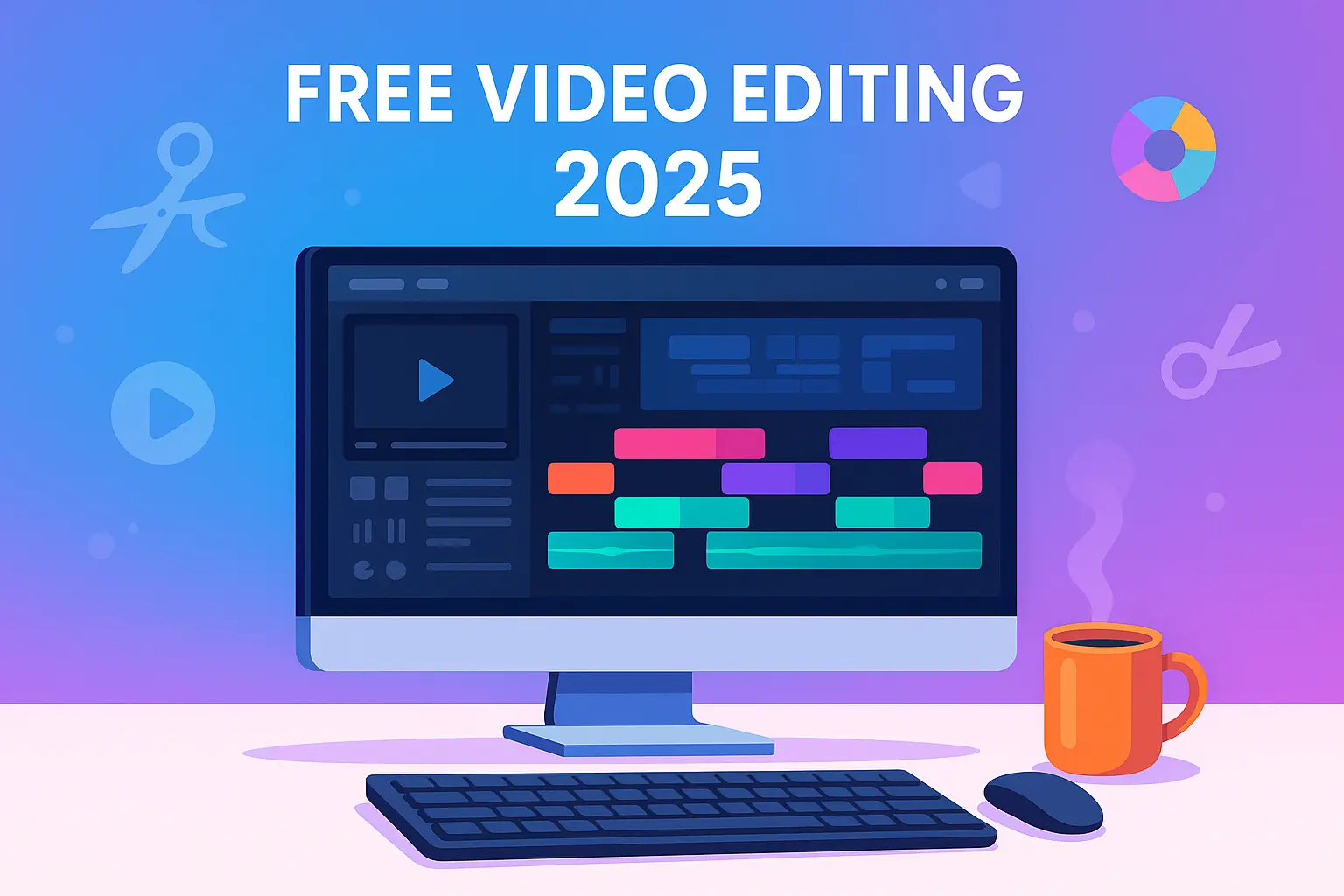When you borrow money, you face a big choice. Should you pick a fixed interest rate or a floating one? This decision affects your monthly payments. It also impacts how much you pay over time. Today, we’ll break it down for you. This guide is for borrowers like you. It uses simple words to explain everything. We’ll cover what these rates are, their pros and cons, and how to choose. Let’s dive in!
What Are Fixed Interest Rates?

A fixed interest rate stays the same. It doesn’t change during your loan term. Whether it’s 5 years or 30 years, the rate is locked. Your monthly payment stays steady too. This makes planning easier.
Imagine you take a $200,000 home loan. The fixed rate is 5%. Your monthly payment is about $1,073. It stays $1,073 every month. Even if market rates jump to 7%, you’re safe. Your rate doesn’t budge.
Why Choose Fixed Interest Rates?
Fixed rates have clear benefits. Let’s look at them.
Predictable Payments
You know what you’ll pay each month. No surprises. This helps if you like a strict budget. You can plan for rent, groceries, and fun without worry.
Protection from Rate Hikes
Markets can be wild. Interest rates might soar. With a fixed rate, you’re protected. Your payment stays the same, no matter what.
Peace of Mind
Stability feels good. You don’t stress about rising costs. This is great for long-term loans like mortgages.
Downsides of Fixed Interest Rates
Nothing’s perfect. Fixed rates have some drawbacks too.
Higher Starting Rates
Fixed rates often start higher than floating ones. Lenders charge more for the security they offer. You might pay more upfront.
No Savings if Rates Drop
If market rates fall, you’re stuck. Your rate won’t go down. You miss out on lower payments unless you refinance. Refinancing costs money and takes time.
Less Flexibility
Fixed rates lock you in. Changing them can mean fees. If your plans shift, this can be a hassle.
What Are Floating Interest Rates?
A floating interest rate moves. It’s also called a variable or adjustable rate. It changes based on market conditions. Usually, it’s tied to a benchmark. Common benchmarks are the prime rate or LIBOR. When the benchmark shifts, your rate follows.
Let’s say you get a $200,000 loan. The floating rate starts at 3.5%. Your payment is around $898 monthly. If the benchmark rises to 5%, your rate jumps too. Your payment could climb to $1,073. But if it drops to 3%, you’d pay just $843.
Why Choose Floating Interest Rates?
Floating rates can save you money. Here’s why they might work.
Lower Starting Rates
They often begin lower than fixed rates. This means smaller payments at first. You save cash early on.
Savings if Rates Fall
If market rates drop, so does your rate. Your payments shrink. This could mean big savings over time.
Good for Short-Term Loans
Planning to pay off fast? Floating rates can help. You enjoy low rates before rates climb.
Downsides of Floating Interest Rates
There’s risk involved. Let’s explore the cons.
Payments Can Rise
If market rates go up, your rate does too. Higher rates mean bigger payments. This can strain your budget.
Hard to Plan
Payments change. You can’t predict them exactly. Budgeting gets tricky when costs bounce around.
Stress from Uncertainty
Not knowing your payment can worry you. If rates spike, you might struggle. This risk isn’t for everyone.
Fixed vs. Floating: How Do They Compare?
Let’s put them side by side. This table sums it up.
| Feature | Fixed Interest Rate | Floating Interest Rate |
|---|---|---|
| Rate Changes | Stays the same | Goes up or down |
| Monthly Payments | Always the same | Can change |
| Starting Rate | Usually higher | Usually lower |
| Risk | Low – very predictable | High – less certain |
| Best For | People wanting stability | People okay with risk |
When Should You Pick a Fixed Rate?
Fixed rates suit some borrowers better. Here’s when they shine.
You Think Rates Will Rise
Experts might predict higher rates. If they’re right, a fixed rate locks in today’s lower rate. You avoid future increases.
You Need Steady Payments
Do you hate surprises? Fixed rates keep things simple. Your payment is set. You can budget with confidence.
Your Budget Is Tight
Can’t handle bigger payments? A fixed rate keeps you safe. Even if markets shift, you’re covered.
Example: The Homebuyer
Meet Jane. She buys a house with a 20-year loan. Her fixed rate is 4.5%. Her payment is $1,266 monthly. Rates climb to 6% later. Jane’s payment? Still $1,266. She smiles, knowing she made the right call.
When Should You Pick a Floating Rate?
Floating rates fit different situations. Here’s when they make sense.
You Think Rates Will Fall
If rates might drop, you could win. A floating rate adjusts down. You pay less over time.
You’ll Pay Off Early
Got a 5-year loan? Floating rates start low. You might clear the debt before rates rise.
You Can Take Risks
Extra cash or savings? You might handle rate hikes. Floating rates could save you money.
Example: The Car Buyer
Tom gets a 3-year car loan. His floating rate starts at 3%. His payment is $421. Rates drop to 2.5%. His payment falls to $417. He pays off early and saves. But if rates rose, he’d have cash to cover it.
How Are These Rates Set?
Who decides your rate? Let’s break it down.
Fixed Rates
Lenders set fixed rates. They look at their costs. They check market trends too. Once set, it’s locked for the loan term.
Floating Rates
These tie to a benchmark. Think prime rate or LIBOR. The benchmark moves with the economy. Your rate adjusts at set times. It might change monthly or yearly.
Real-Life Stories
Let’s see these rates in action.
Story 1: The Family Mortgage
The Smiths buy a home. They pick a 30-year fixed rate at 5%. Their payment is $1,073. Rates jump to 7% in 5 years. They’re fine. Their payment stays $1,073. Stability wins for them.
Story 2: The Quick Loan
Lisa borrows for a small business. She chooses a floating rate at 4%. Her payment starts at $955. Rates fall to 3.5%. Her payment drops to $898. She pays off in 2 years. Risk pays off.
Things to Think About Before Choosing
Picking a rate isn’t simple. Ask yourself these questions.
How Long Is Your Loan?
Long loans like mortgages favor fixed rates. Short loans might work with floating rates.
Can You Handle Change?
Floating rates mean risk. Can your wallet take it? If not, stick to fixed.
What’s Happening with Rates?
Check trends. Are rates steady, rising, or falling? This can guide you.
What’s Your Income Like?
Stable job? Fixed might suit you. Variable income? Floating could fit if you’re flexible.
How to Calculate Payments
Want to know your costs? Here’s a quick guide.
Fixed Rate Payments
Use a loan calculator. Input your amount, rate, and term. For $200,000 at 5% over 20 years, it’s $1,319 monthly.
Floating Rate Payments
These shift. Start with the initial rate. For $200,000 at 3.5% over 20 years, it’s $1,159. If the rate jumps to 5%, it’s $1,319. Check your loan terms for adjustment details.
Mixing Fixed and Floating Rates
Some loans blend both. You might get a fixed rate for 5 years. Then it switches to floating. This gives stability first, then flexibility. Ask your lender if this fits.
Current Rate Trends (June 2025)
As of June 2025, rates are steady. Fixed rates hover around 4.5% to 5%. Floating rates start at 3.5% to 4%. Keep an eye on news. Central banks can shake things up.
10 FAQs About Fixed and Floating Interest Rates
Got questions? We’ve got answers.
- What’s the difference between fixed and floating rates?
Fixed rates don’t change. Floating rates move with the market. - Which is better for a home loan?
Fixed offers stability. Floating can save money if rates drop. It’s your call. - Can I switch from floating to fixed later?
Yes, but check for fees. Lenders might charge you. - How often do floating rates change?
It depends. Some adjust monthly. Others yearly. Read your loan terms. - What makes floating rates move?
The economy. Central bank policies. Market demand. All play a part. - Are there penalties for switching rates?
Sometimes. Refinancing or changing can cost extra. - How do I figure out my payments?
Fixed: Use a calculator. Floating: It changes, so estimate with the current rate. - What’s the rate trend now?
In June 2025, rates are calm. Fixed at 4.5%-5%. Floating at 3.5%-4%. - Should I pick fixed if I’ll pay off early?
Maybe not. Fixed might have prepayment fees. Floating could be cheaper. - How do rates affect total interest?
Fixed keeps it steady. Floating can mean more or less, depending on changes.
Conclusion
Fixed or floating? It’s a big choice for borrowers. Fixed rates give you calm and steady payments. They’re great if you hate risk. Floating rates can save cash but bring uncertainty. They suit risk-takers or short-term plans. Think about your money, your goals, and the market. Talk to a financial advisor too. Pick what feels right for you.
Disclaimer
This post is for learning only. It’s not financial advice. Rates and loan rules can change. Always check with a pro before deciding.
This guide helps you understand fixed and floating interest rates. Now you can borrow smarter!
Contents
- 1 What Are Fixed Interest Rates?
- 2 What Are Floating Interest Rates?
- 3 Fixed vs. Floating: How Do They Compare?
- 4 When Should You Pick a Fixed Rate?
- 5 When Should You Pick a Floating Rate?
- 6 How Are These Rates Set?
- 7 Real-Life Stories
- 8 Things to Think About Before Choosing
- 9 How to Calculate Payments
- 10 Mixing Fixed and Floating Rates
- 11 Current Rate Trends (June 2025)
- 12 10 FAQs About Fixed and Floating Interest Rates
- 13 Conclusion
- 14 Disclaimer





